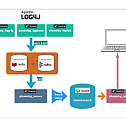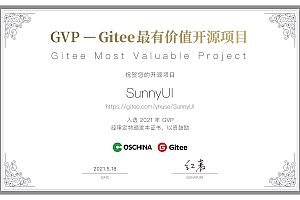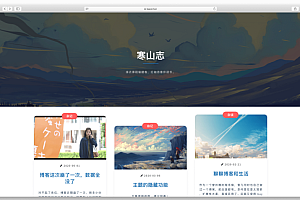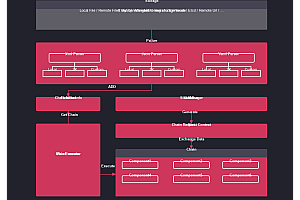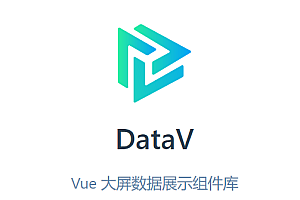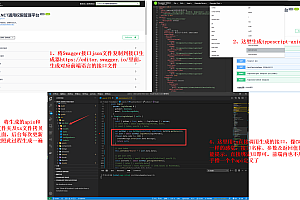This issue recommends a simple and easy to use java logging system to solve your log query problems, easy to quickly track problems, simple installation and configuration, but also has better performance.
一.system introduction
- Distributed log system without code intrusion, based on log4j, log4j2, logback to collect logs, set the link ID, easy to query associated logs
2.Based on elasticsearch as query engine
3.High throughput, high query efficiency
4.The whole process does not occupy the application local disk space, maintenance-free; The project is transparent and does not affect the operation of the project
5.No need to modify the old project, introduce direct use, support dubbo, support springcloud
framework

- “f-render is a secondary encapsulation based on element-ui form, which achieves form validation, form layout, responsive forms. It also includes more than 20 commonly used components such as radio buttons, checkboxes, and cascading selectors. Additionally, it comes with a rich collection of third-party components (various input boxes, date pickers, color pickers, cascading selectors), all of which can be implemented simply by dragging and dropping the components. This not only ensures quality but also accelerates development speed as if riding on a rocket.”

install and use
一.Server installation
- Server installation The first step: install redis or kafka (redis is sufficient for general companies) redis official website :https://redis.io kafka: http://kafka.apache.org
Step 2: install elasticsearch website to download address: https://www.elastic.co/cn/downloads/past-releases
Step 3: download the installation package, plumelog – server download address: https://gitee.com/plumeorg/plumelog/releases note: version 3.1 UI and server after merger, plumelog – UI don’t have to deploy the project
Step 4: Configure plumelog-server and start it
Step 5: See the plumelog User Guide for background query syntax
二.Client usage
- Download the client in the project using the maven project depend on the package (https://gitee.com/frankchenlong/plumelog/releases) under your own lib used directly, package can be used to remove the repeat, then configure log4j can collect log
2.If the project uses log4j, introduce
<dependency> <groupId>com.plumelog</groupId> <artifactId>plumelog-log4j</artifactId> <version>3.4.2</version> </dependency>3.logback(recommended)
<dependency> <groupId>com.plumelog</groupId> <artifactId>plumelog-logback</artifactId> <version>3.4.2</version> </dependency>4.
logback Integrated configuration Center case, recommended
Note: Both logback and logback-spring.xml can be used to configure logback, but the loading order is different. logback.xml—>application.properties—>logback-spring.xml
Screen capture

: “CPU 库”
Translation: “CPU library”

“List of logs”

“Error Log”

data table
Log query usage guide

Content syntax
1. Chinese characters need to contain double quotation marks, such as “exception “, which will be searched according to single font segmentation by default
2. Multiple search criteria can be combined with AND OR NOT such as “exception” AND “content”
3. A single indivisible word can start or end with a * for fuzzy matching such as *NullPointerException; Query to the Java. Lang. NullPointerException.

4. Note: English symbols such as. : are not default delimiters; It needs to be matched in the above way

